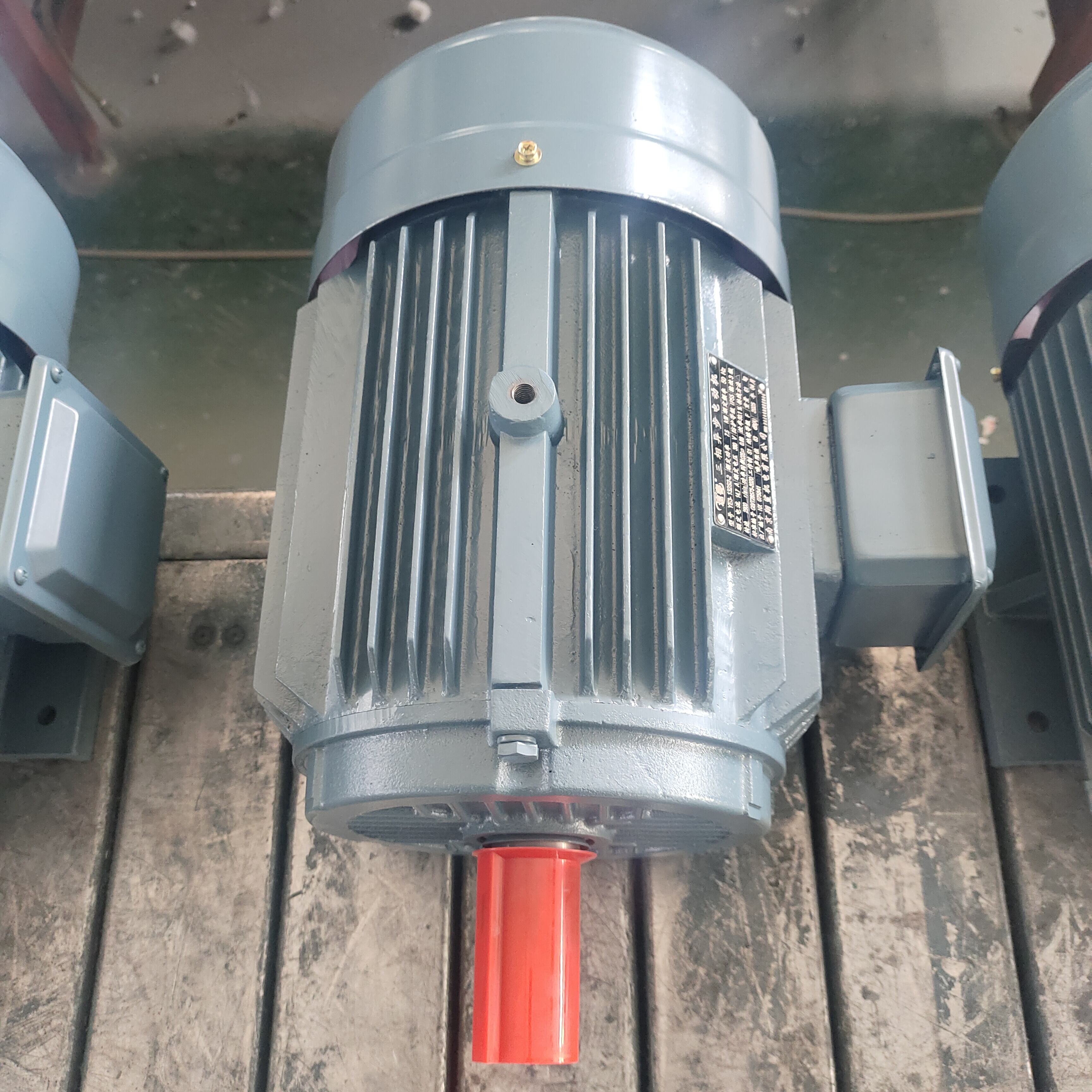
Selecting the proper asynchronous motor for industrial applications requires careful consideration of multiple technical and operational factors. These versatile electric machines serve as the backbone of modern manufacturing, powering everything fro...
VIEW MORE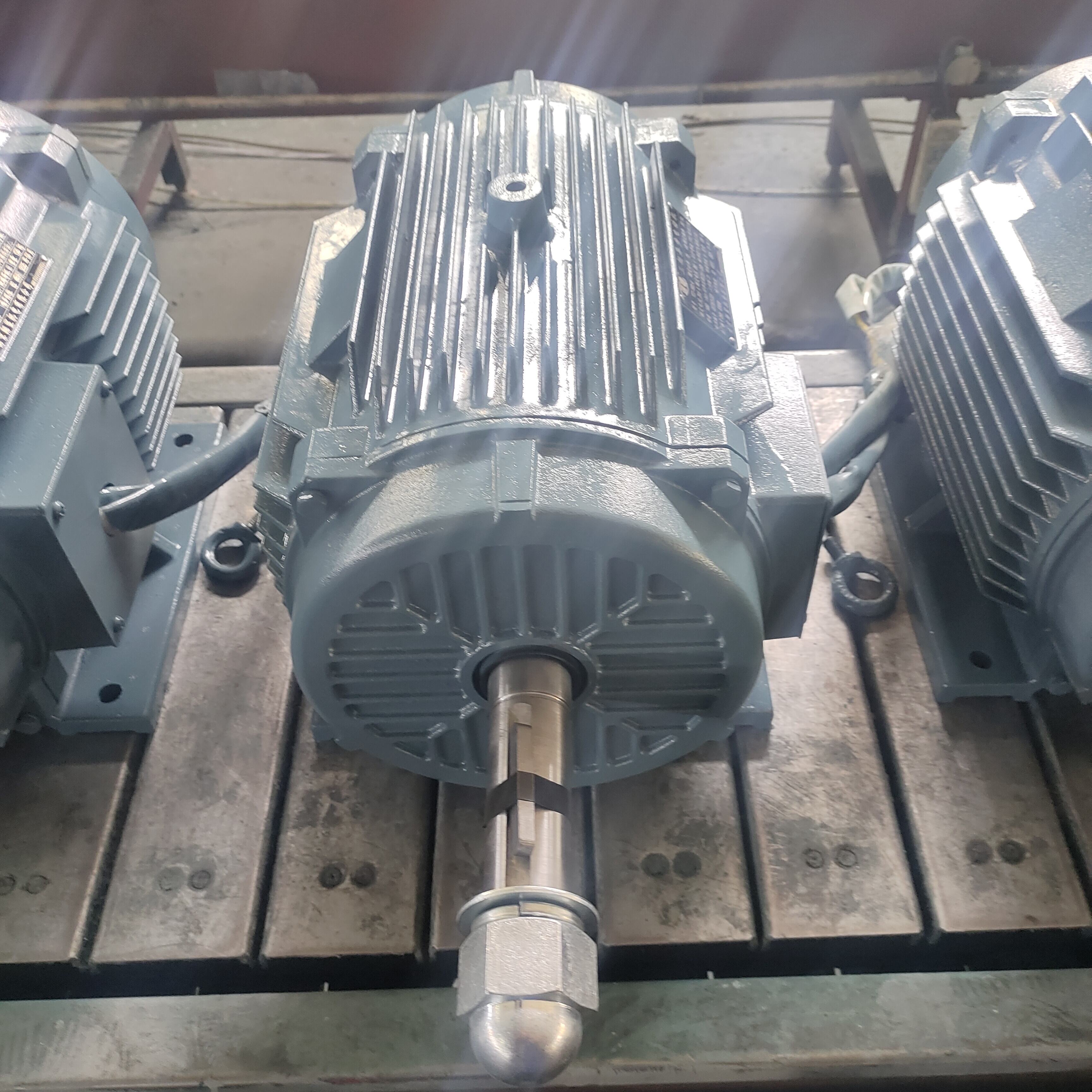
Modern industrial applications rely heavily on the robust performance of electric motors, with the asynchronous motor standing as one of the most widely used types in manufacturing environments. These motors power everything from conveyor systems to ...
VIEW MORE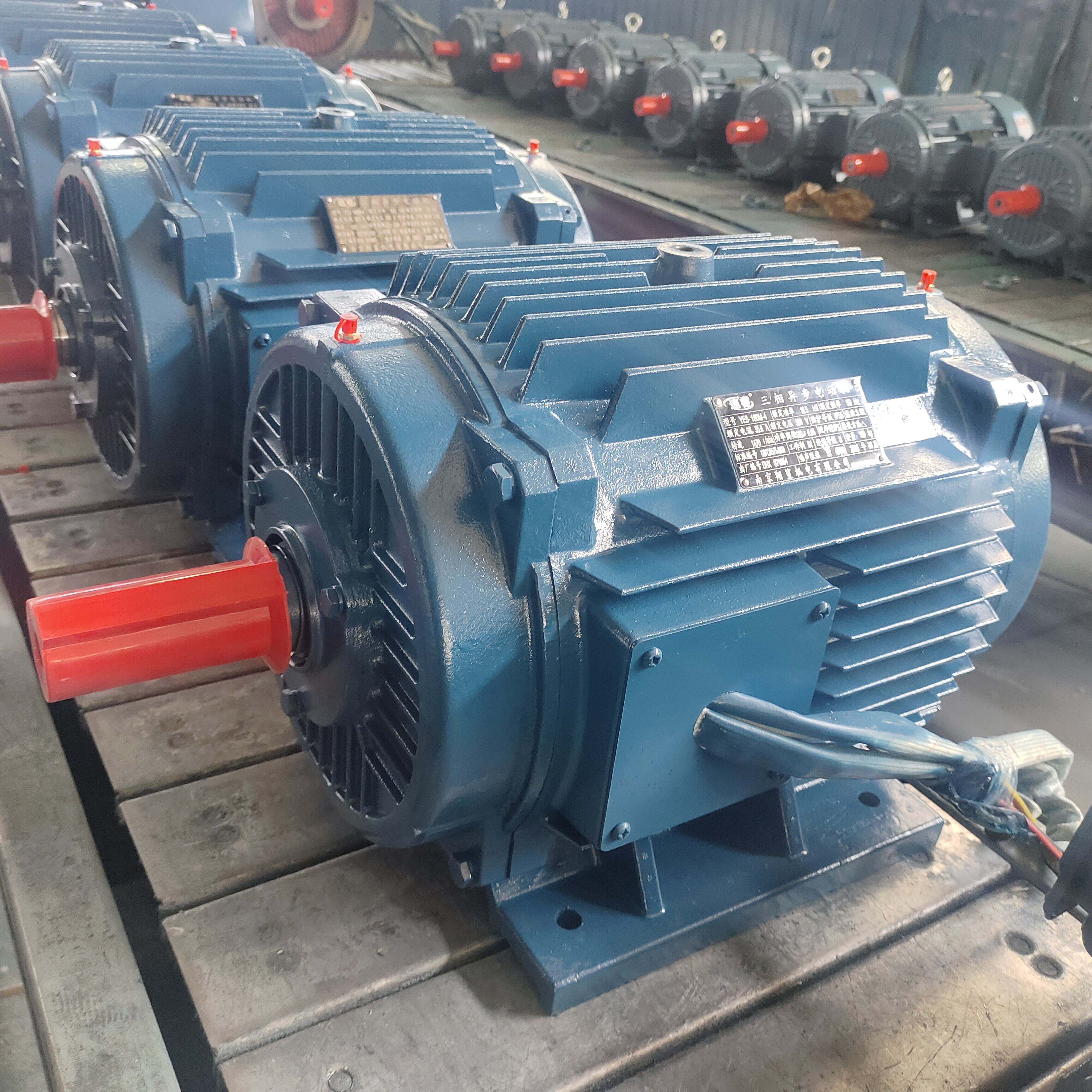
Electric motors serve as the backbone of modern industrial applications, powering everything from manufacturing equipment to conveyor systems. Among the various types available, asynchronous and synchronous motors represent two fundamental categories...
VIEW MORE
Industrial operations worldwide depend heavily on reliable and efficient motor systems to drive their critical processes. Among the various motor technologies available, the asynchronous motor stands as the backbone of modern industrial applications ...
VIEW MORE
Understanding the fundamental principles of electric motor technology becomes increasingly important as industrial automation continues to evolve. An asynchronous motor, also known as an induction motor, represents one of the most widely used electri...
VIEW MORE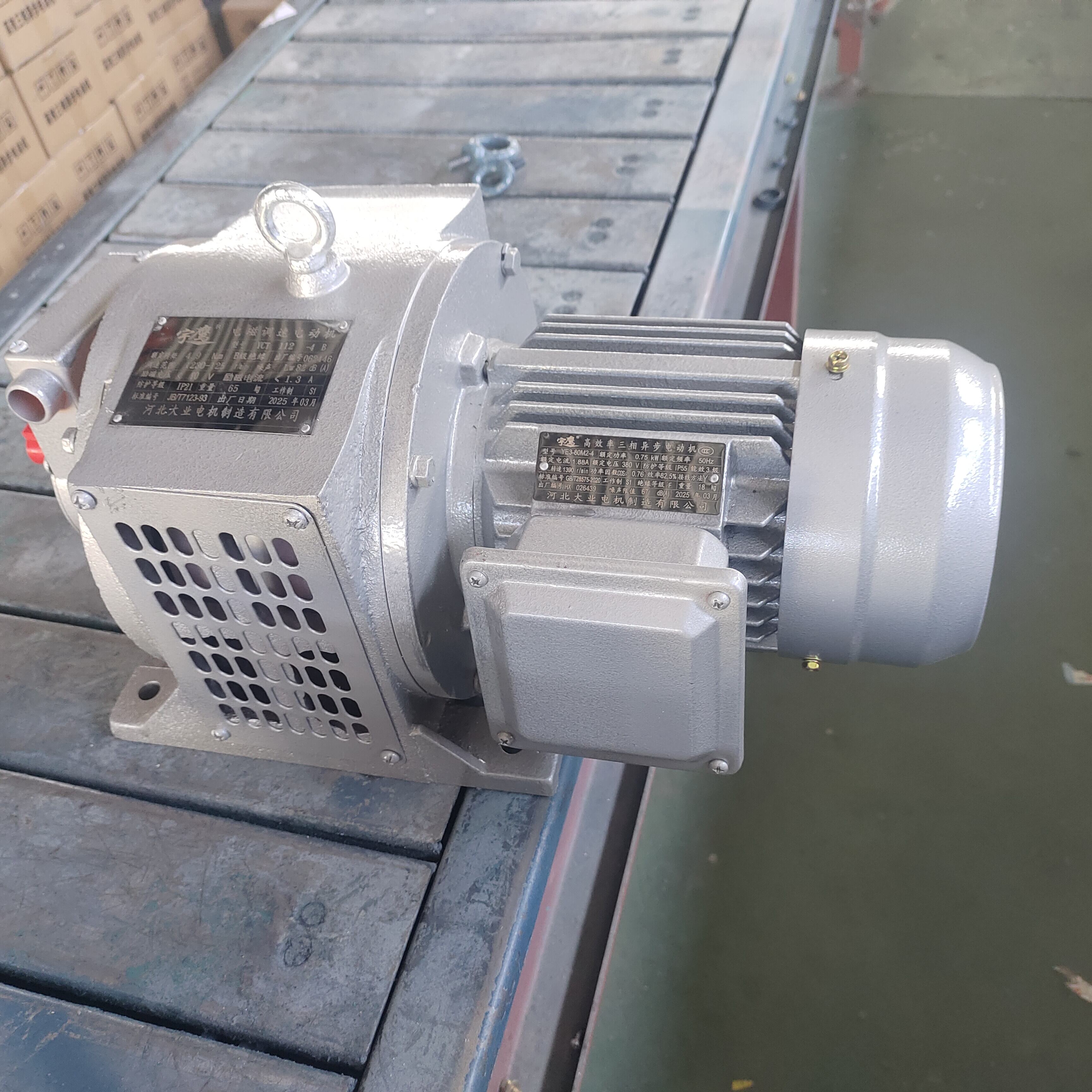
The manufacturing landscape is experiencing a revolutionary transformation as we advance through 2025, with industrial motor technology at the forefront of innovation. Modern manufacturing facilities are increasingly dependent on advanced motor syste...
VIEW MORE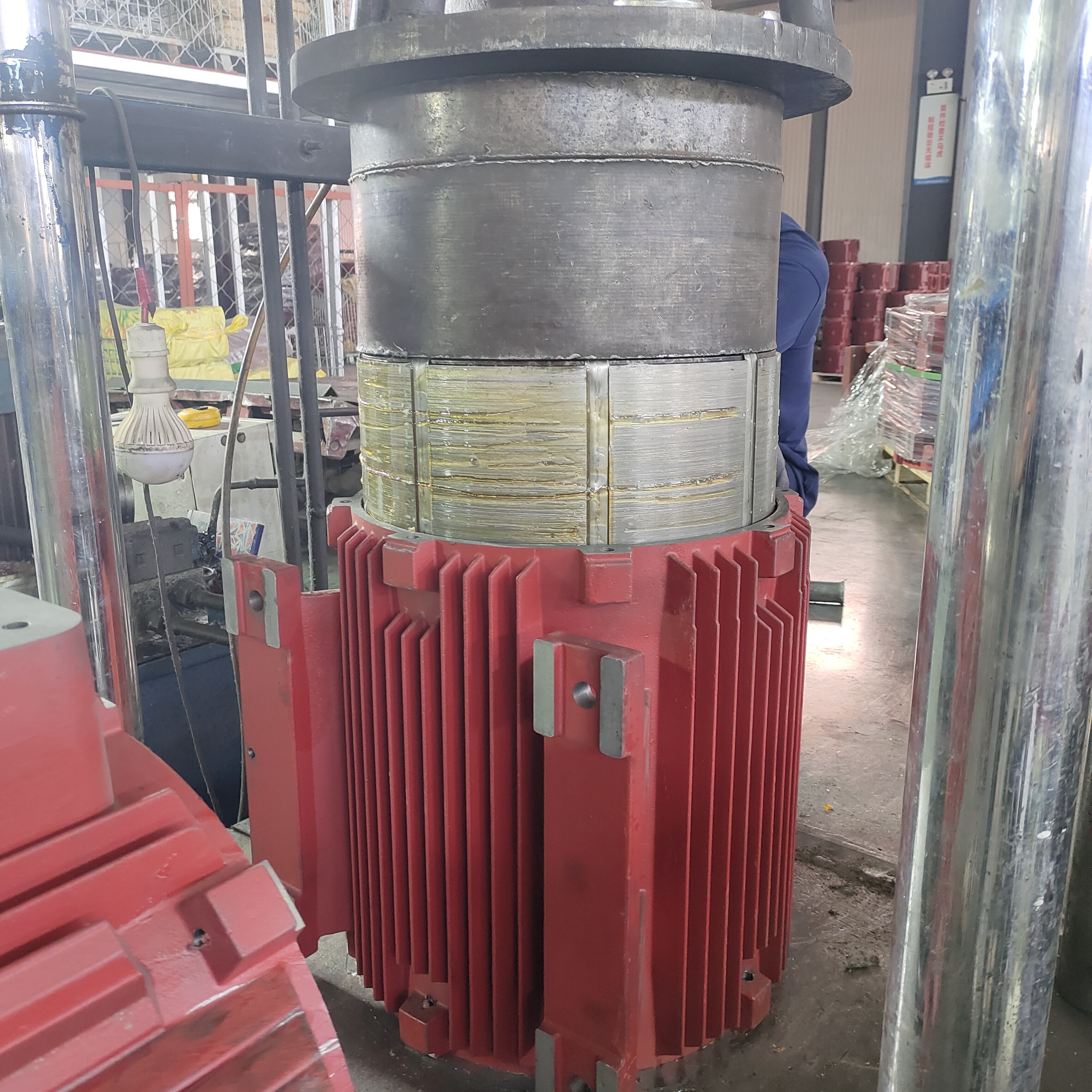
Manufacturing companies worldwide are constantly seeking ways to optimize their production processes while maintaining quality standards. Die casting has emerged as one of the most efficient methods for producing complex metal components at scale, ye...
VIEW MORE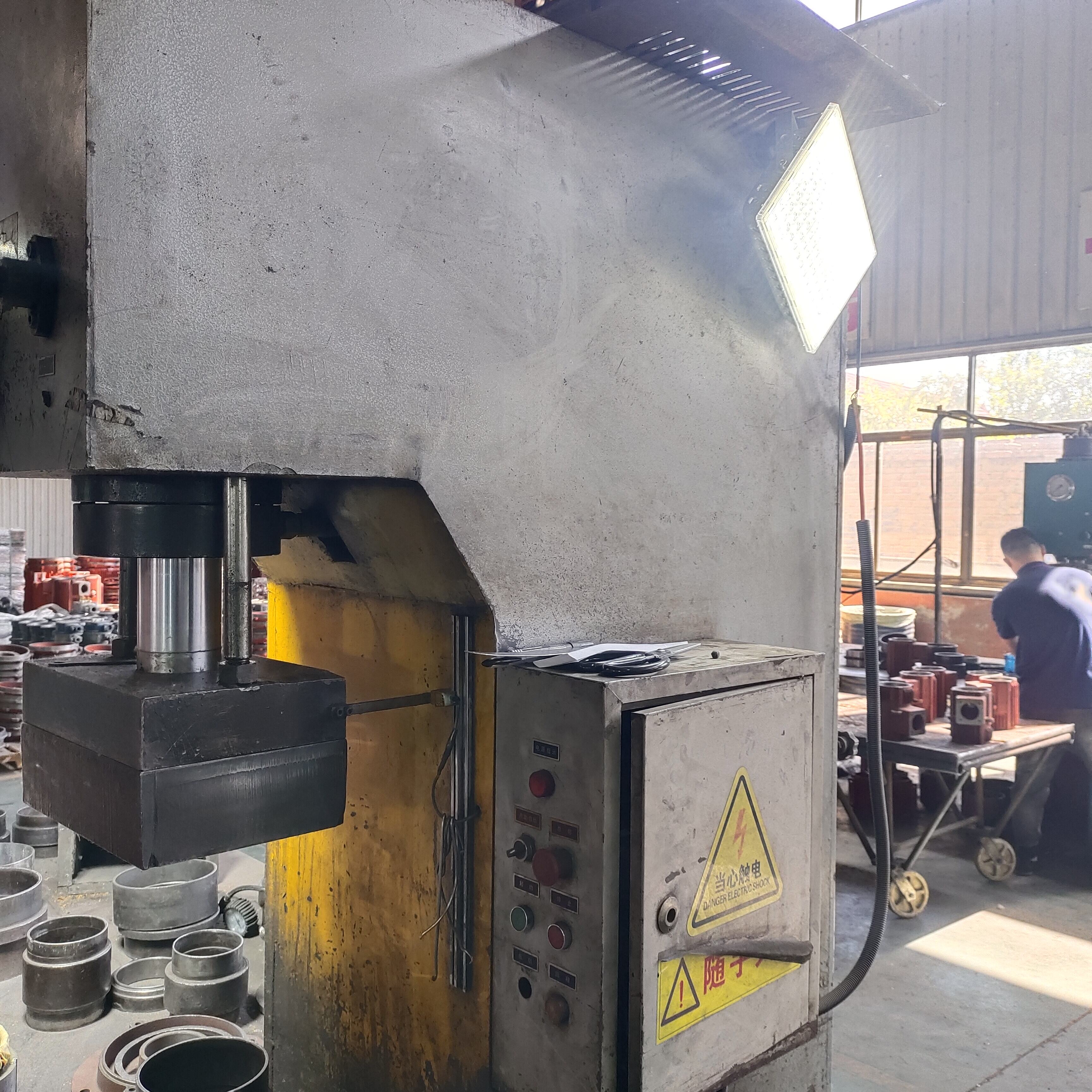
The manufacturing landscape is experiencing a revolutionary transformation through advanced die casting technologies that are redefining production capabilities across multiple industries. Modern die casting processes have evolved far beyond traditio...
VIEW MORE
Die casting represents one of the most versatile and efficient manufacturing processes in modern industry, enabling the production of complex metal components with exceptional precision and repeatability. This advanced manufacturing technique involve...
VIEW MORE
Manufacturing precision metal components requires careful consideration of casting methods, with die casting and investment casting representing two of the most widely utilized techniques in modern industrial production. These processes serve distinc...
VIEW MORE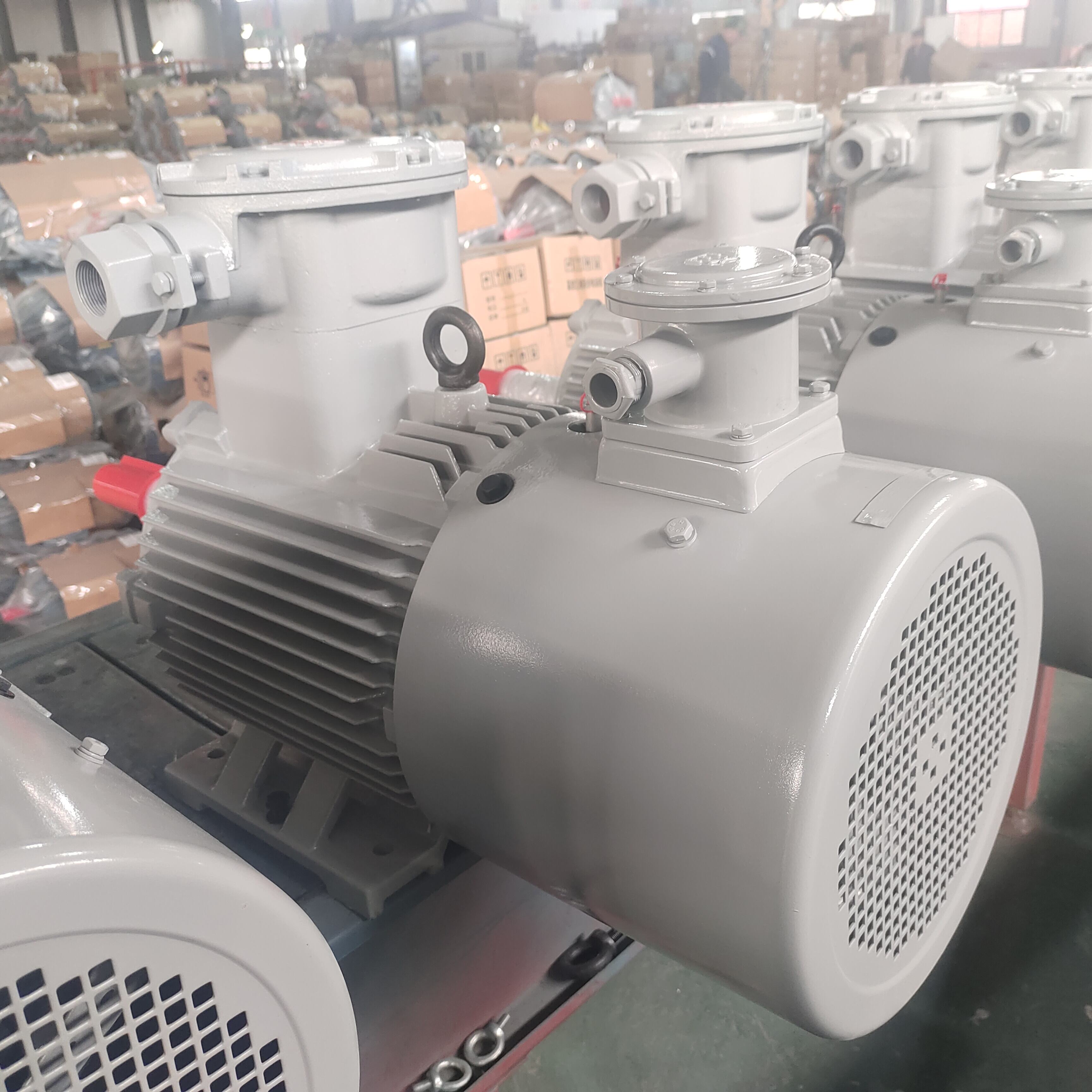
Understanding Modern Motor Technology Evolution The industrial landscape has witnessed a remarkable transformation in motor technology over the past decades. At the forefront of this evolution stands the variable frequency motor, a sophisticated piec...
VIEW MORE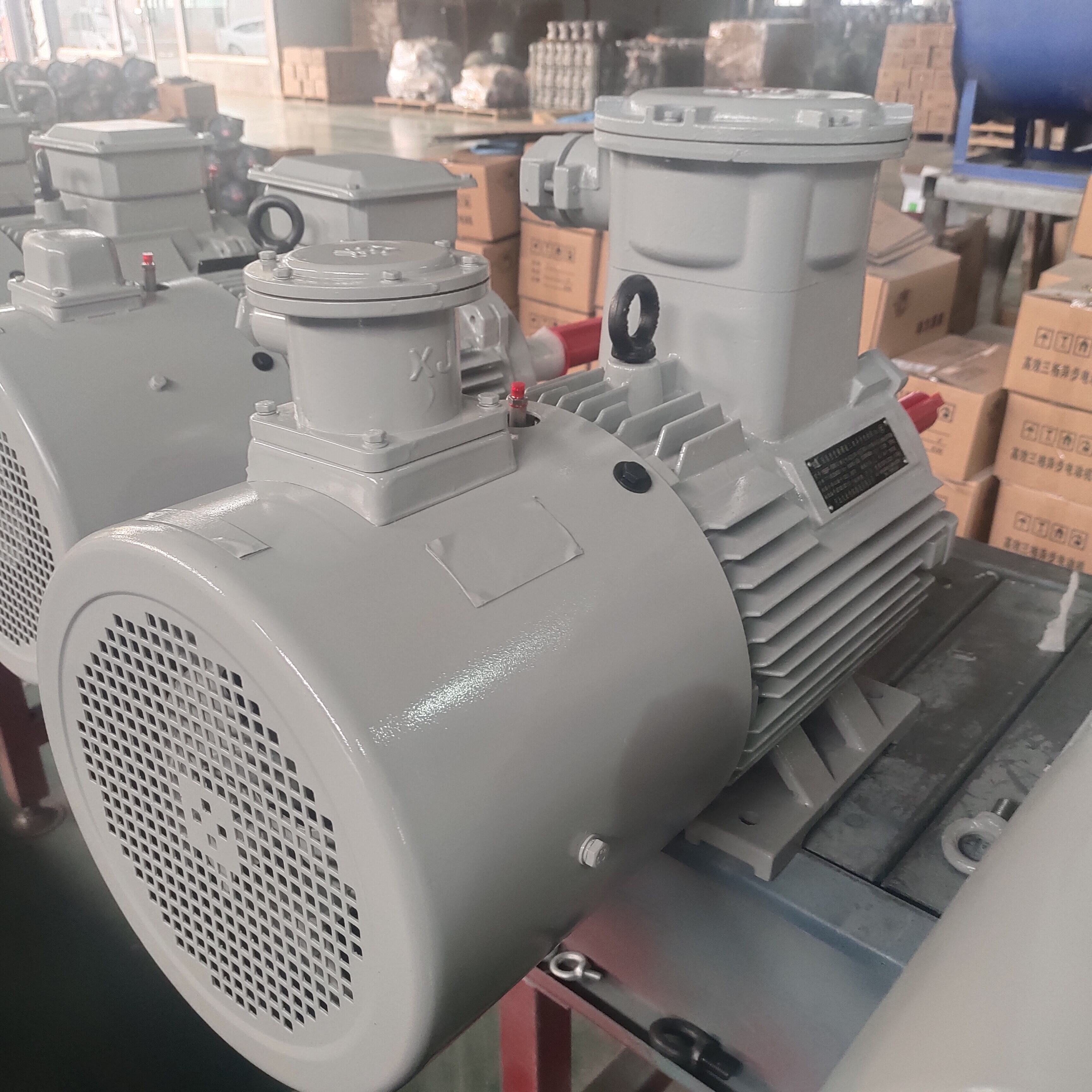
Understanding Variable Frequency Motors in Modern Industry The industrial landscape has witnessed a remarkable transformation with the advent of advanced motor technologies. At the forefront of this evolution stands the variable frequency motor, a so...
VIEW MORE